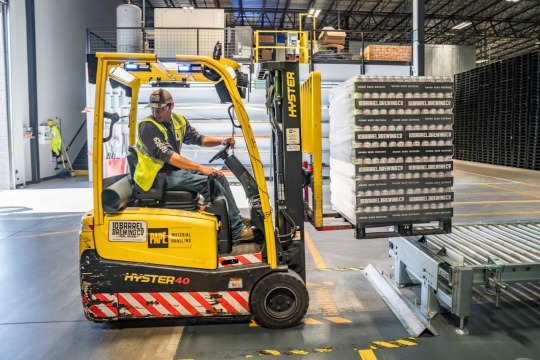Don't wanna be here? Send us removal request.
Text
Building the Invisible: How IoT Architecture Shapes Smart Systems?

Intro: In a world increasingly driven by interconnected devices, the architecture behind IoT solutions remains an unsung hero. But just like any great city needs a blueprint, every smart solution requires a well-planned IoT architecture.
Body:
The Layers of IoT Architecture: From sensors to gateways, and cloud platforms to applications, IoT architecture is built in layers. These include:
Perception Layer – sensors and devices collecting data.
Network Layer – transmitting data using Wi-Fi, Zigbee, LTE, etc.
Processing Layer – where cloud computing or edge computing processes raw data.
Application Layer – delivering smart functionalities to users (e.g., smart homes, industrial automation).
Why Each Layer Matters: Like floors in a skyscraper, each layer supports and enhances the next. A weak link in any layer compromises performance and security.
Real-World Example: Think of a smart irrigation system on a farm. Moisture sensors (Perception) send data via LoRaWAN (Network) to a cloud server (Processing) that tells valves when to open or close (Application).
Conclusion: Understanding the structure of IoT isn’t just for developers—it’s key to unlocking smarter, more sustainable systems across industries.
0 notes
Text
The Smart Factory Revolution – How IoT is Reshaping Manufacturing?

Introduction Welcome to the era of smart manufacturing. The rise of Industry 4.0 has made one thing clear: IoT (Internet of Things) is not just a buzzword—it’s a transformative force. From predictive maintenance to real-time analytics, installing IoT solutions is giving manufacturers the tools they need to boost efficiency, reduce downtime, and stay competitive.
Why IoT in Manufacturing? IoT connects machines, systems, and humans in real time. Imagine a factory floor where machines self-diagnose, supply chains self-regulate, and every component talks to one another—seamlessly. That’s the power of IoT.
Key Benefits of Install IoT Solutions
Predictive Maintenance: Reduce unexpected breakdowns by monitoring equipment health 24/7.
Real-Time Monitoring: Make faster decisions with real-time data insights from every point of the production process.
Improved Safety: Smart sensors can detect potential hazards before they become accidents.
Energy Efficiency: Track energy consumption and optimize it across your operations.
Getting Started Transforming your factory doesn’t have to be overwhelming. Start with one system—like machine monitoring—and scale up. Partner with trusted IoT providers who understand both tech and manufacturing.
Conclusion IoT is no longer optional; it’s essential. Install IoT solutions today and future-proof your factory for tomorrow.
1 note
·
View note